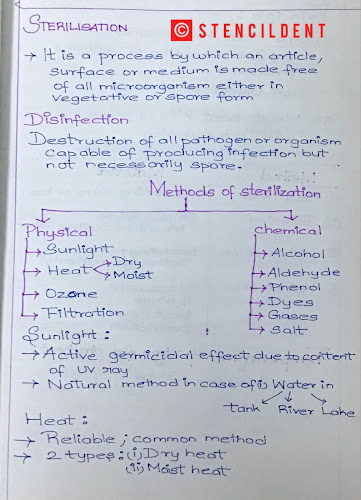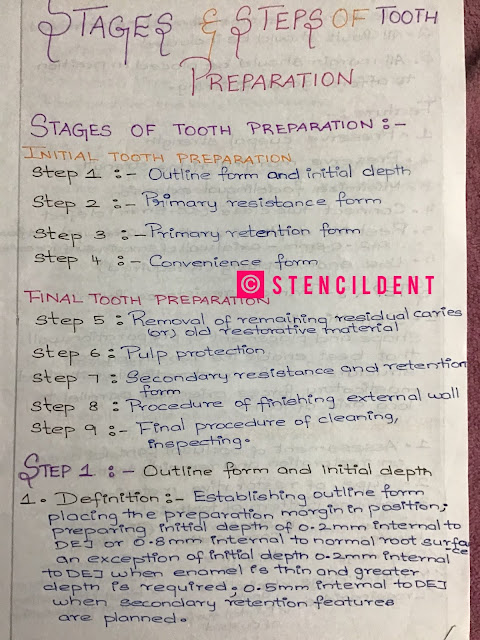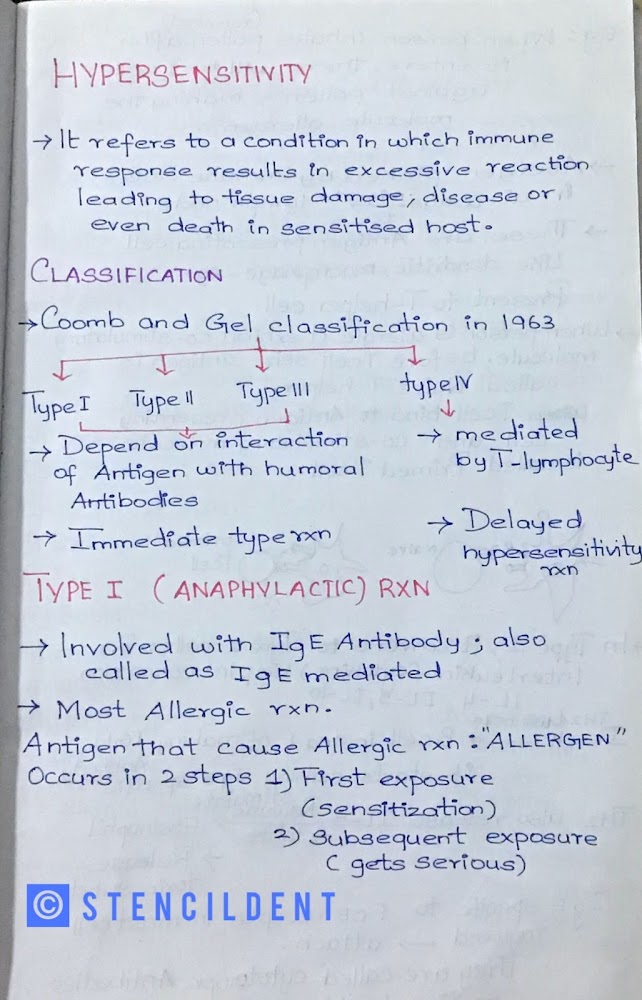NECROSIS -pathology notes
NECROSIS
DEFINITION:
- Its defined as the morphological changes taking place in a tissue after cell death due to degradative action f enzymes on irreversibly injured cell.
TYPES OF NECROIS :
A)CASEOUS NECROSIS
B)LIQUEFACTIVE NECROSIS
C)COAGULATIVE NECROSIS
D)FIBRINIOD NECROSIS
E)FAT NECROSIS
F)GANGEROUS NECROSIS
CYTOPLASMIC CHANGES :
- Increased eosinophilia of cytoplasm
- Vacuolation and moth eaten appearance of cytoplasm
- Calcification of cell membrane and intracellular structures
- Formation of myelin figures
NUCLEAR CHANGES :
- KARYOLYSIS : Fading of basophilia of nucleus
- PYKNOSIS: Nuclear shrinkage due to condensation of chromatin
- KARYORRHEXIS -Nuclear fragmentation
A)CASESOUS NECROSIS :
- Its seen in tuberculosis and occurs due to both enzymatic degradation of tissue and denaturation of cellular proteins
- The tissue architecture is lost and replaced by soft ,creamy cheese like material
- Microscopically ,there is amorphous granular debris seen
- Examples : tuberculosis lymph node ,tuberculosis lung
B)LIQUEFACTIVE NECROSIS :
- Its caused by enzymatic degradation of tissue
- The tissue undergoing liquefactive necrosis undergoes softening with destruction of architecture and accumulation of semifluid pus.
- The cellular outlines of cells in tissue are completely lost
- Examples: cerebral abscess, spinal cord abscess
C)COAGULATIVE NECROSIS :
- Its is caused by denaturation of intracellular protein
- The cellular outlines of necrosed tissue is maintained
- The organ undergoing coagulative necrosis have firm texture
- Examples: myocardial infraction, renal infarcts
D)FIBRINOID NECROSIS :
- It occurs in walls of blood vessel secondary to injury leading to insudation and accumulation of plasma proteins giving an eosinophilic hue
- Examples: fibrinoid necrosis of blood vessel in immune and non-immune vasculitis
F)FAT NECROSIS :
- Its seen in adipose tissue and is characterized by grey white chalky deposits in fatty tissue
- Microscopically ,shadowy outlines of necrotic adipocytes with foreign body giant cells and basophilic calcification deposits are seen
- Types-
- Traumatic fat necrosis seen in breast and buttocks following blunt trauma
- Enzymatic fat necrosis seen in acute pancreatitis
F)GANGRENOUS NECROSIS:
- Its coagulative necrosis of tissue with superadded putrefaction by putrefactive bacteria example clostridium species
- Grossly ,the organ is grayish black in color and foul smelling
- Examples : intestinal gangrene. gangrene of fingers.
THANK YOU







Comments
Post a Comment